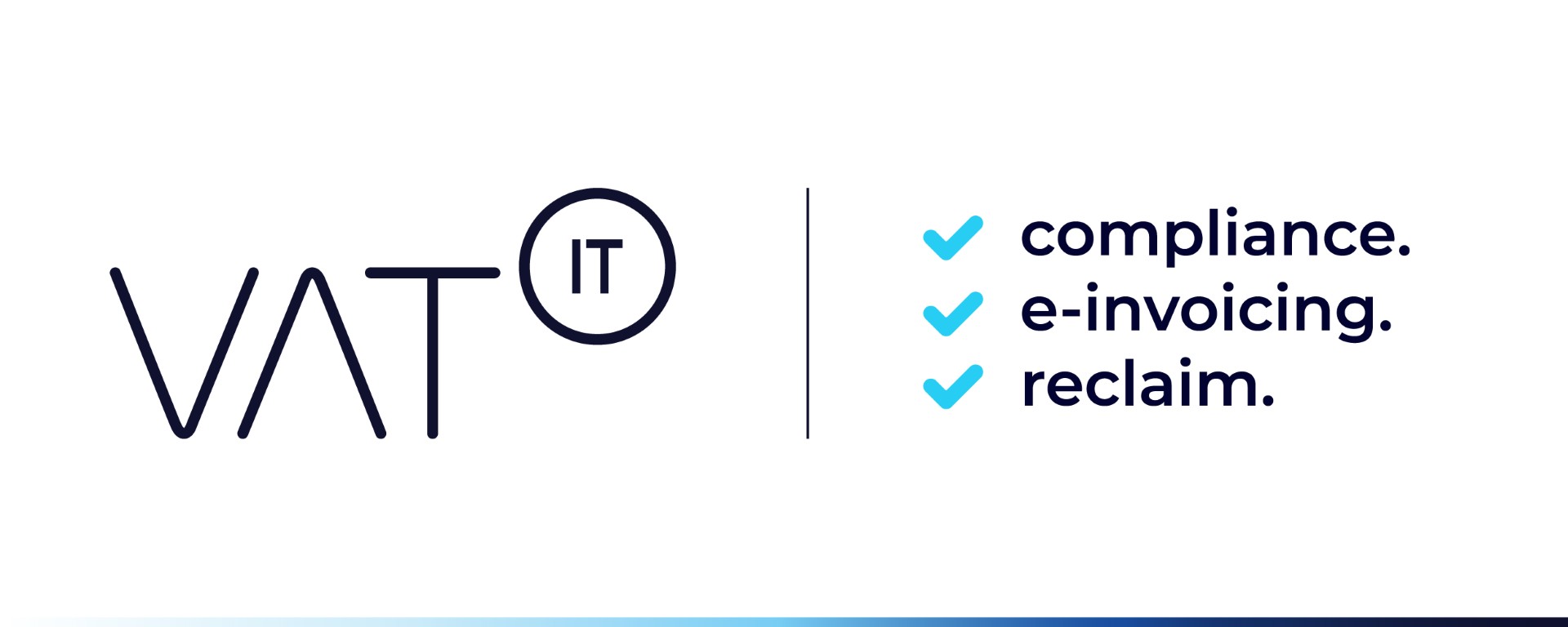- Electronic signatures are increasingly used as an alternative to physical signatures for document signing.
- The legal implications and evidential value of electronic signatures are important considerations.
- Belgian law refers to the eIDAS Regulation for the definition of electronic signatures.
- An electronic signature is data in electronic form attached to or associated with other electronic data, used by the signer to sign.
- Electronic signatures can identify the author and indicate their intent regarding the document.
- Examples include PIN codes, approval clicks, and digital tax filings.
- The eIDAS Regulation distinguishes between three types of electronic signatures based on security level: ordinary, advanced, and qualified.
- Ordinary electronic signatures include scanned signatures, touchscreen signatures, biometric signatures, logins, and approval clicks.
- Advanced electronic signatures must uniquely link to the signer, allow identification, use data under the signer’s exclusive control, and be linked to the signed data to detect changes.
Source: bdo.be
Note that this post was (partially) written with the help of AI. It is always useful to review the original source material, and where needed to obtain (local) advice from a specialist.
Latest Posts in "Belgium"
- Comments on GC T‑575/24 – AG – Contrary to EU law if services provided to members are regarded as internal acts
- E-Invoicing in Belgium – Factsheet
- Comments on ECJ case C-234/24 (Brose Prievidza):No VAT Exemption for Tooling Without Physical Movement
- Who Must Comply with Belgium’s 2026 eInvoicing Mandate? Scope, Impact, and Preparation Steps
- Belgium’s Mandatory eReporting: The Next Step in Digital VAT Compliance After eInvoicing














